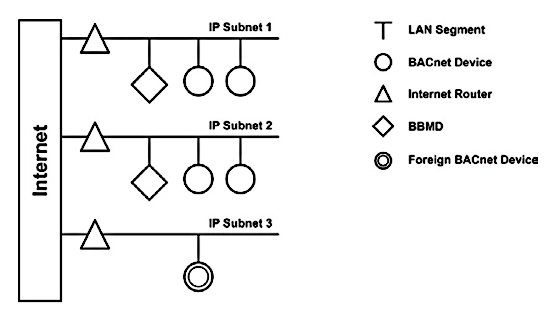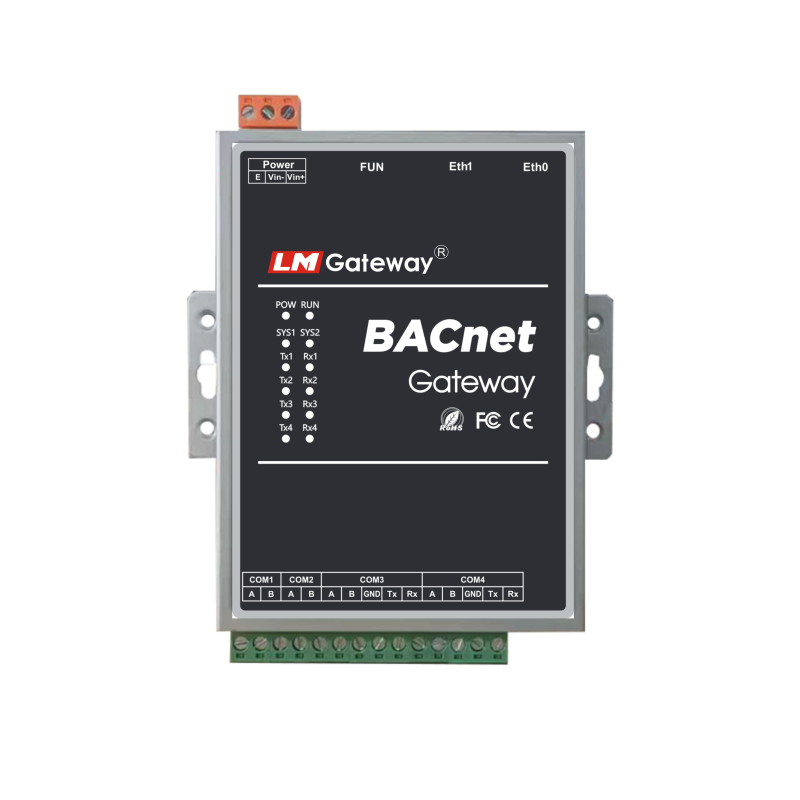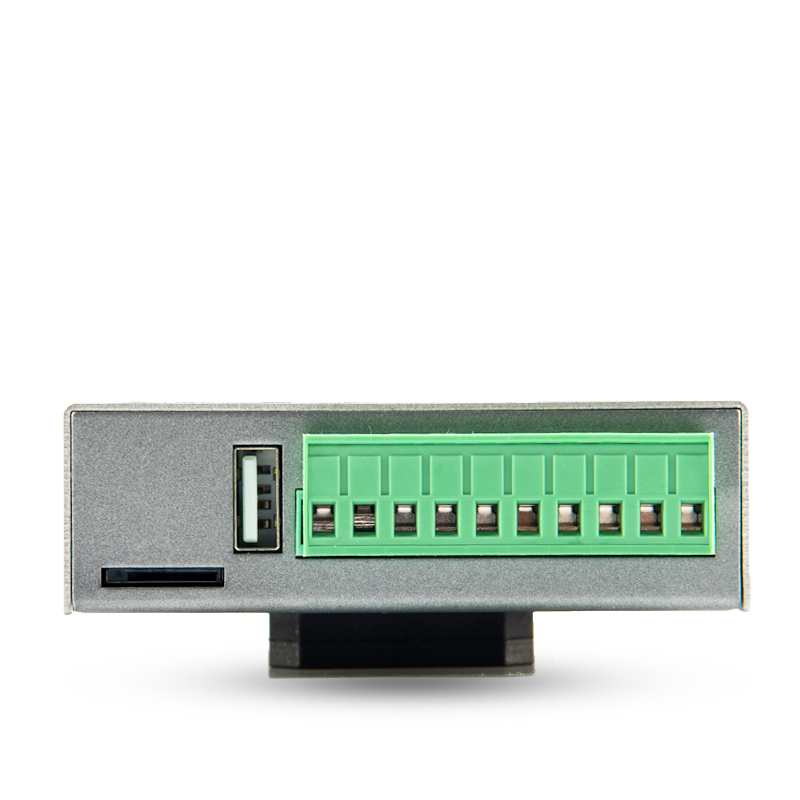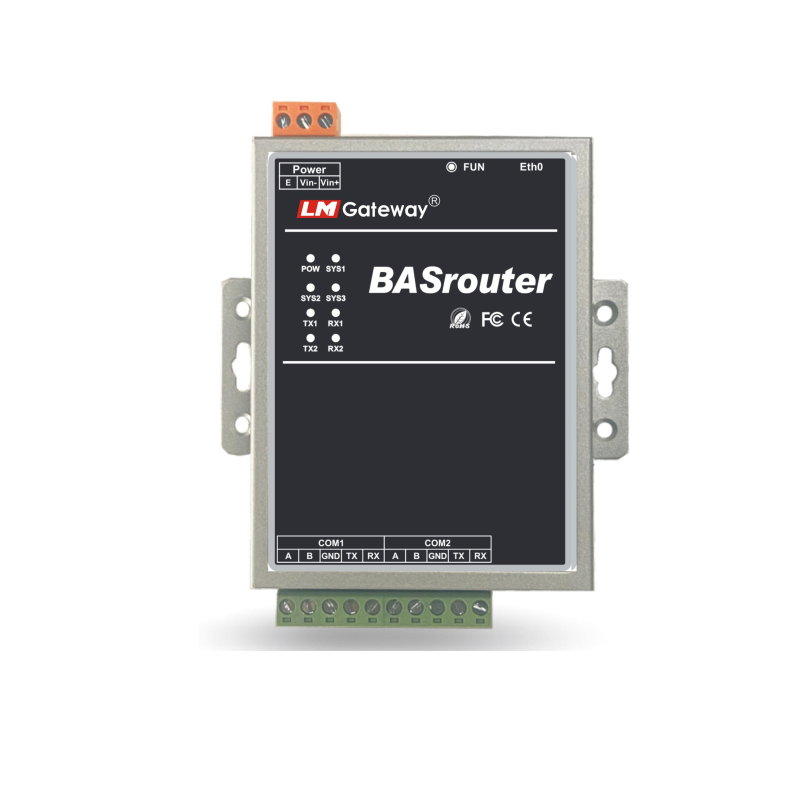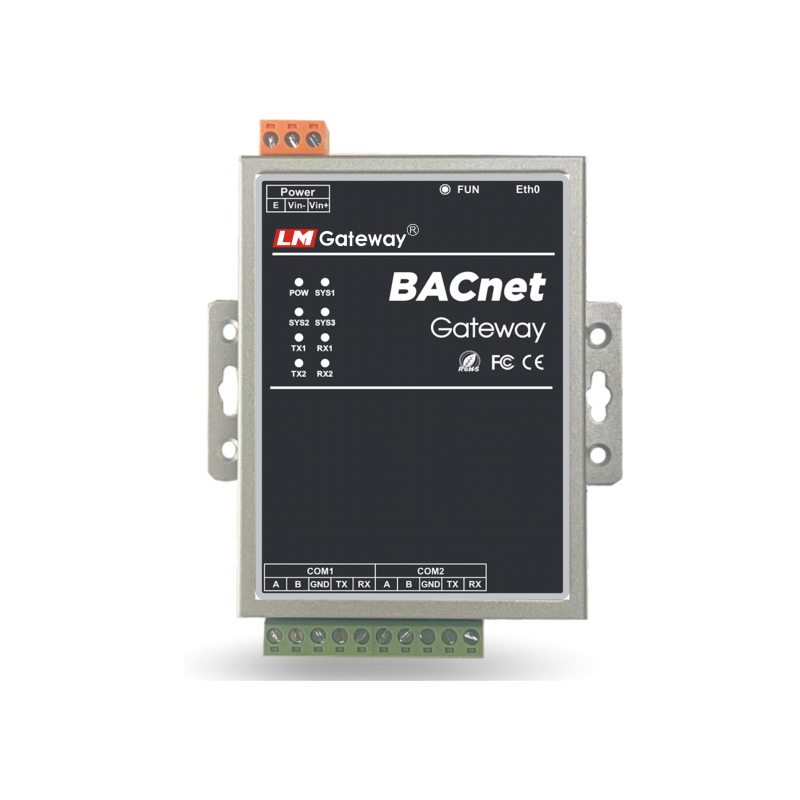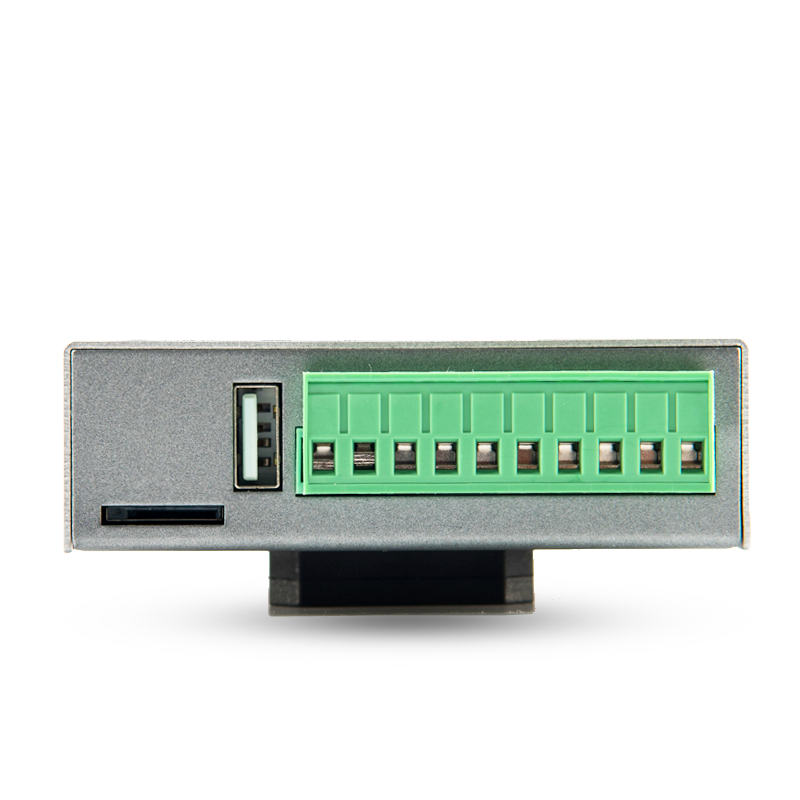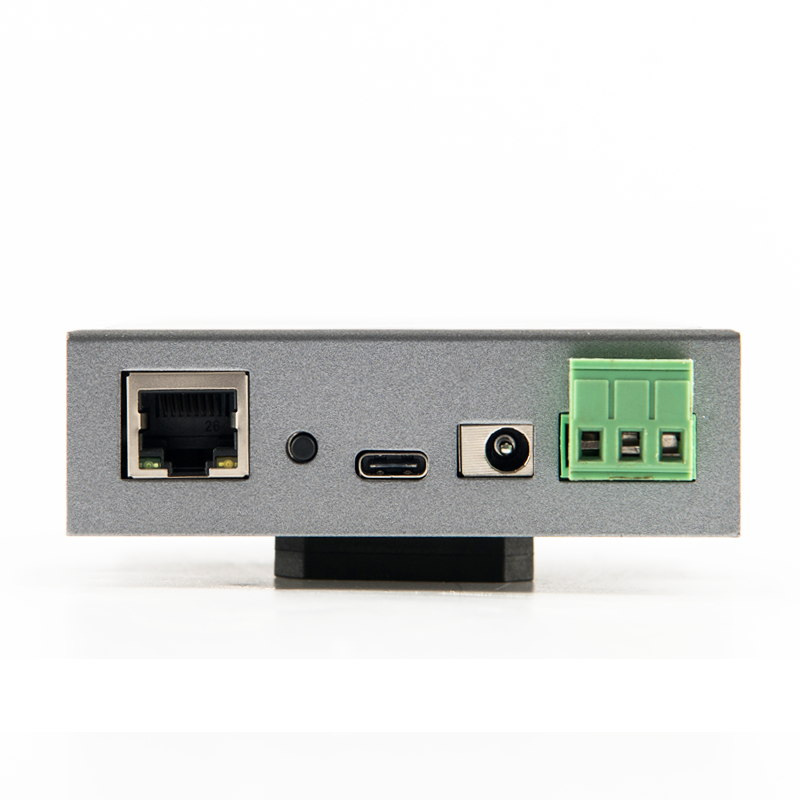LM Gateway201-BBMD
BACnet Broadcast Management Device
BACnet / IP uses UDP / IP to communicate in the existing IP network. In multiple IP subnets, if a BACnet broadcast message needs to be managed, a special BBMD device (Broadcast Management Device) is required. Routers connect IP networks together so that messages from one network can be sent to another. Most IP routers do not forward broadcast messages, which means that discovery cannot discover devices on another network. To solve this problem, BACnet provides a technology called BBMD-BACnet / IP Broadcast Management Device
Buy online
| CPU | ARM926EJ,300MHz |
| RAM | 64MByte High performance memory |
| Nand Flash | 128MByte SLC Flash |
| Serial port | RS485X2 |
| Network port | 1 100M/10M Ethernet interface |
| Power | DC9V~36V |
| Total Weight | 170g |
| Enclosure rating | IP51 |
| Mechanical Dimensions | 130mm×109mm×35mm(L×W×H) |
| Mechanical installation | DIN rail card slot fixing |
| Power consumption | The maximum power consumption of the motherboard is ≤3W |
| Operating temperature | -40~80℃ |
| Working relative humidity | 20 to 90% non-condensing |
-
BDT and FDT
This driver supports BACnet/IP broadcast management device functionality, which is required in some capacity when a BACnet/IP network spans over several subnets separated by IP routers. Supports up to 128 Broadcast Distribution Table(BDT)entries and 128 Foreign Device Table(FDT)entries
Each BBMD has a list of all other BBMDs on other networks in its broadcast distribution table(BDT). They act as co-conspirators, getting around the broadcast blockade by smuggling the broadcasts into directly sent packages that routers allow to pass through. Finally, when a BBMD gets a smuggled package, it broadcasts it locally.
When a BBMD receives the broadcast message it encapsulates it and sends it a direct message to every other BBMD in its Broadcast Distribution Table (BDT). These other BBMDs open up the package and rebroadcast the contents locally, permitting BACnet broadcast traffic to permeate the entire network.
It is possible to communicate to a device on a subnet that does not have a BBMD, this type of device is called a foreign device since it resides on a different IP subnet from devices attempting to communicate with it. Usually a foreign device is on a different subnet. If the foreign device registers with the BBMD, it can be seen and able to communicate with all other devices on the network. The BBMD must then maintain a Foreign Device Table (FDT).
-
Supported BBMD Services
Write Broadcast Distribution Table
The driver processes Write Broadcast Distribution Table message to initialize its BDT.Read Broadcast Distribution Table
The driver responds to Read Broadcast Distribution Table with a Read Broadcast Distribution Table Ack message that contains the current contents of its BDT.Forwarded NPDU
The driver processes incoming and outgoing Forwarded NPDU messages.Register Foreign Device
The driver responds to Register Foreign Device messages with a Register Foreign Device Ack message and updates its FDT.Read Foreign Device Table
The driver responds to Read Foreign Device Table message a Read Foreign Device Table Ack message that contains the current contents of its FDT.Delete Foreign Device Table Entry
The driver processes Delete Foreign Device Table Entry messages and updates its FDT.Distribute Broadcast To Network
The driver processes Distribute Broadcast to Network messages from registered foreign devices
A foreign device and two BBMD Devices Network topology
